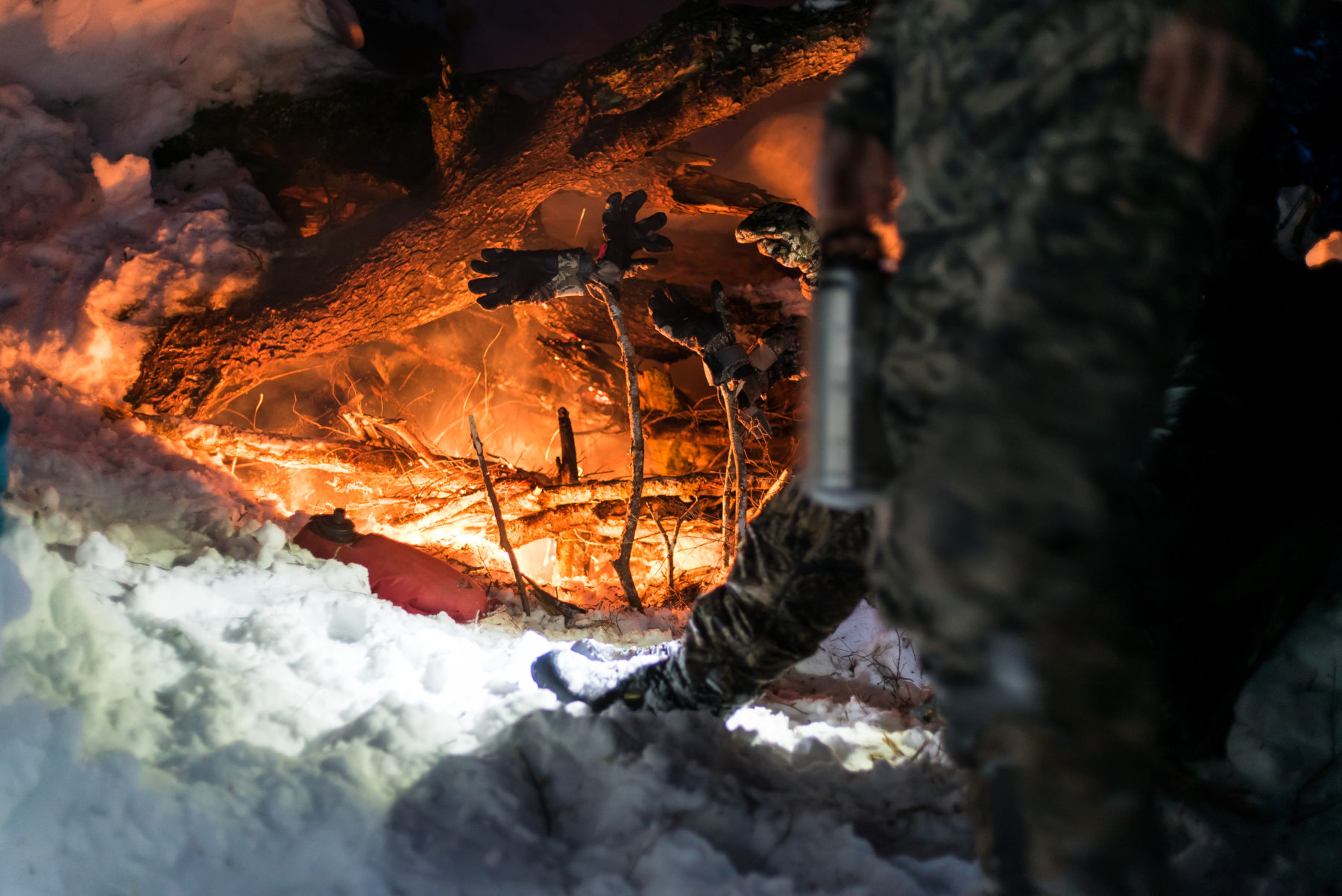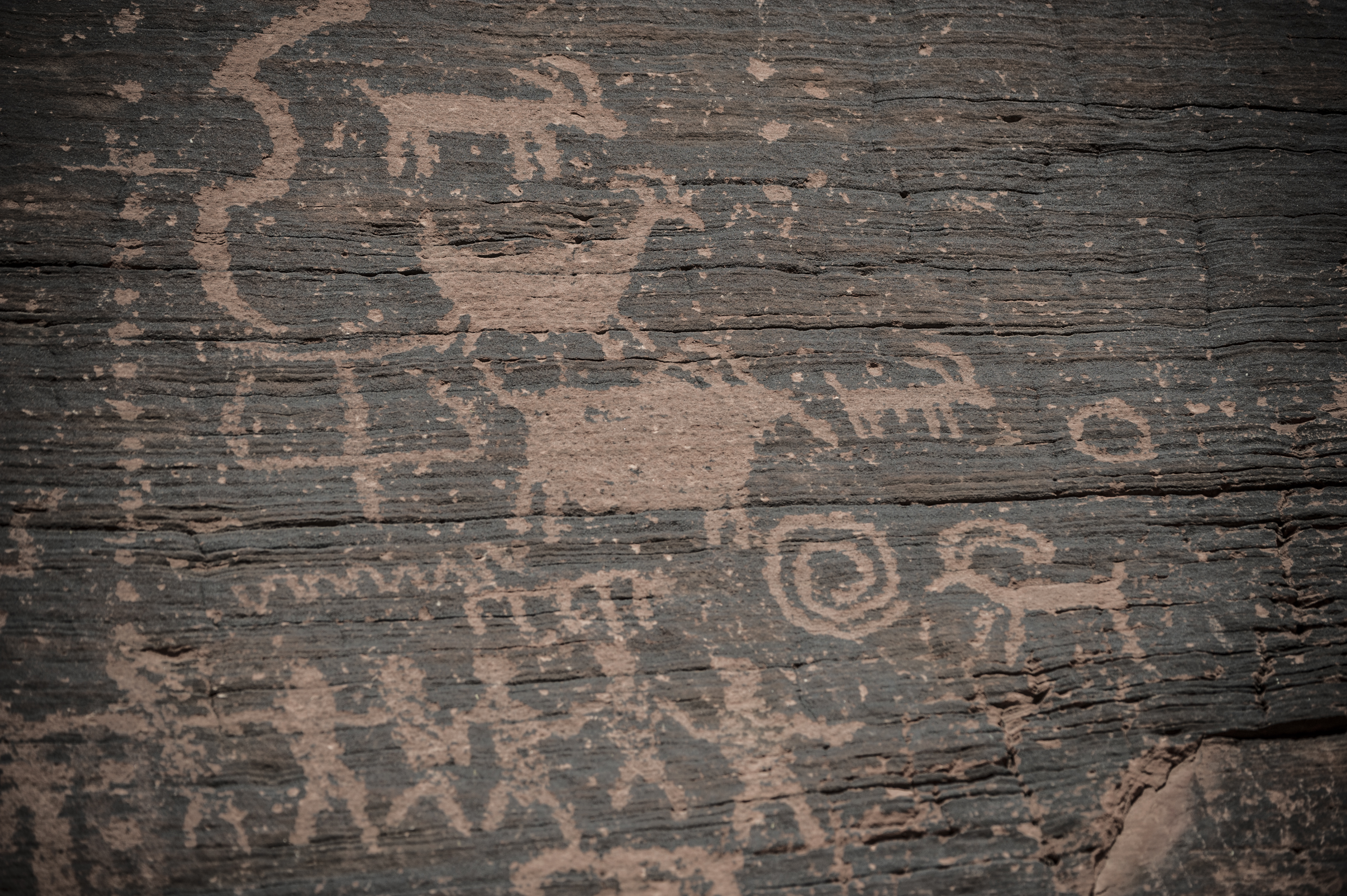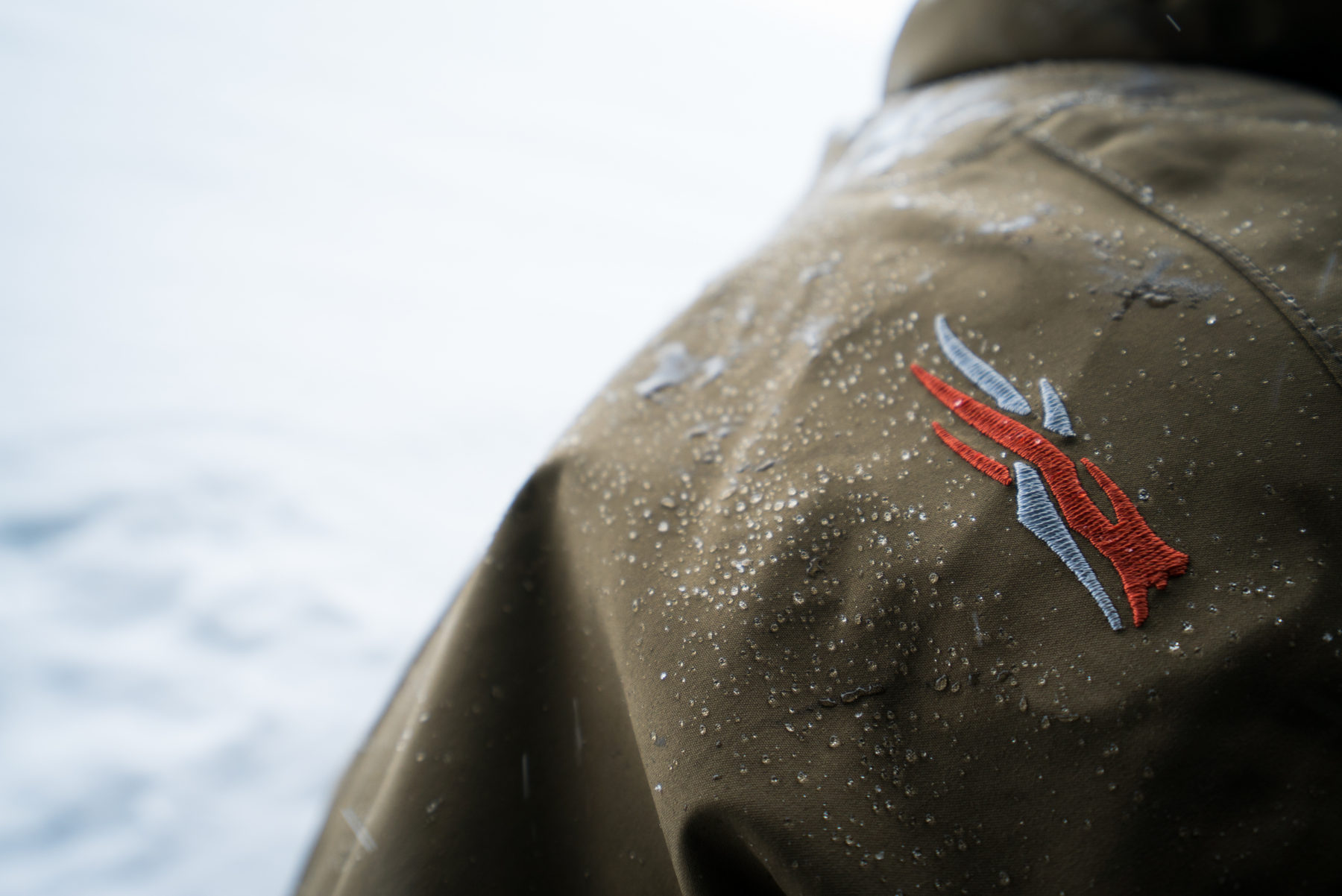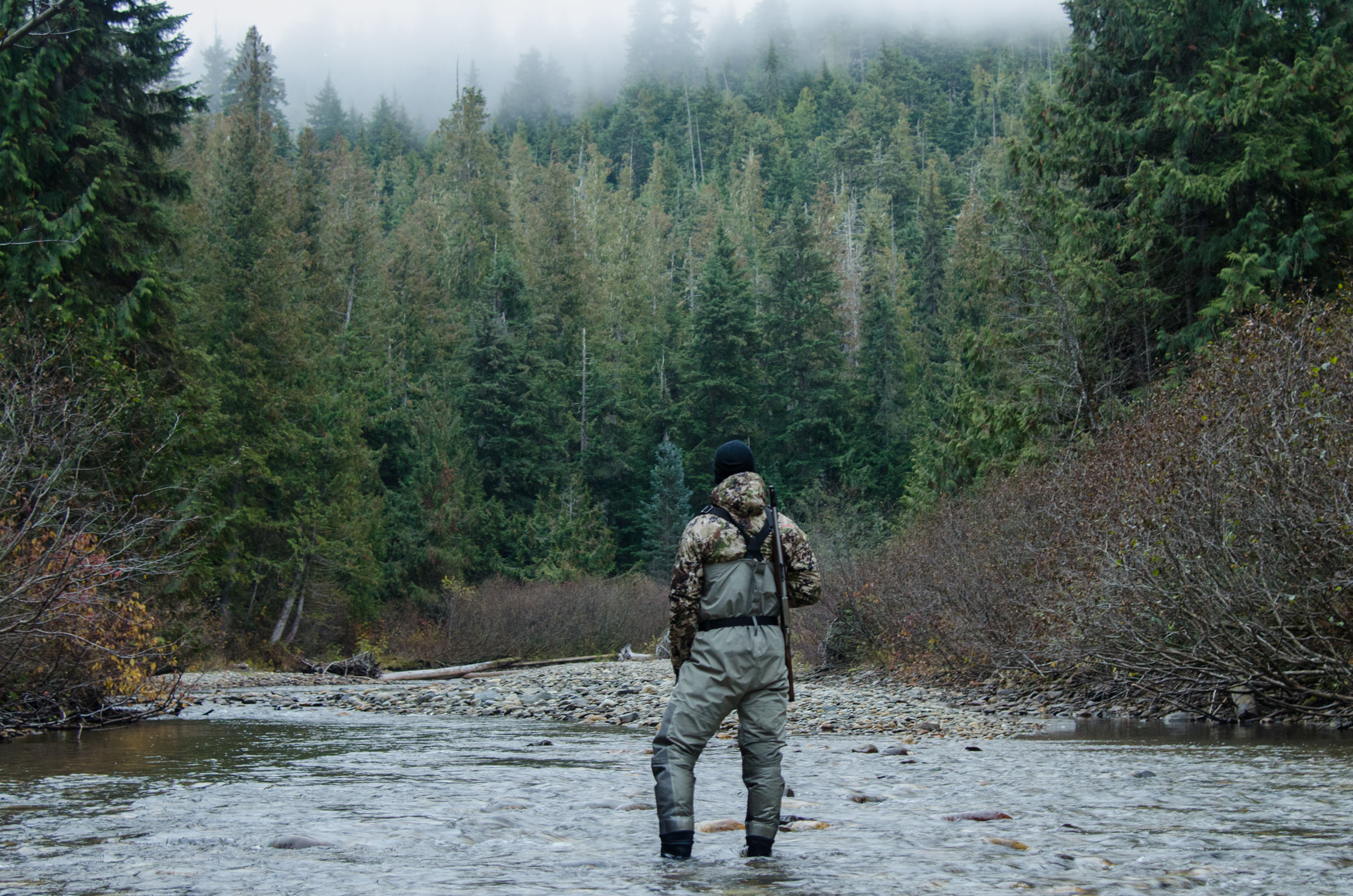Technology has improved how we hunt…
Those of you who bemoan the intersection of the technological and natural worlds have likely already stopped reading. However, as unsavoury as this statement may be, it is the truth. For most of us, long gone are the days of climbing mountains in rubber boots, wearing jeans and an old flannel shirt with a “trapper nelson” pack frame on our back. And certainly, we are more efficient hunters than we were in the days of the stick bow — its resurgence and the “struggle stick” moniker bestowed to it are a testament to that.
Mountain hunting, backcountry hunting… whatever you choose to call it, there is no denying that it has gained popularity over the last decade. Companies such as Sitka and Kuiu have built their brands around it. The rise of the “hunter athlete”. Lift-Run-Shoot. The New York Times has covered sheep hunting, Forbes recently featured Jim Shockey in their Leadership column. No longer is mountain hunting a quiet activity, relegated to the shadows of the world stage.
And with this spotlight, comes change. Technology is constantly evolving, and doing so at an exponential rate. In the hunting space — like much of western society — the idea of “buying for life” is forgotten, as we crave the newer, faster, and better. And why shouldn’t we? We ply our respective trades for the vast majority of our waking lives, why not reap the rewards of these labours?
Don’t get me wrong, I firmly believe that leading an active lifestyle and being engaged in the natural world is great, maybe even the best thing you can do with your free time. I am also grateful for technical fabric, materials, and gear. Hell, I own more technical pieces than regular clothing. Quality gear — whether it is rifles, optics, boots, or clothing — is something I cherish, and I am happy to pay more if I believe that it will keep me warmer, drier, and more comfortable in the backcountry.
But, at what point does our gear, or lack thereof, become a crutch? At what point does the importance of brands and camo patterns overtake the reasons we all got into this, and the ethos of the hunt becomes a fading memory of yesteryear? I have a closet full of gear. Packs, tents, downs, synthetics, merino… certainly, enough to cover any temperature or weather conditions I could encounter on this continent. And yet, I still feel the pull for more, newer, lighter… better.
Last spring, I found myself in an unlikely situation. I sat in the back of a small room, packed full of new hunters and hunters-to-be, listening to a presentation breaking down the tag application process in British Columbia. As the presentation wrapped up the folks dispersed from the room, finding tables throughout the bar to unpack what they had learned, discussing possible hunts with their new friends and mentors-to-be.
I took up a table with a mixed group of hunters, some heading into their first season, others with a few under with belt. As a few of them were aware of my background, the direction of the conversation flowed towards gear, specifically my recommendations. The common thread in this conversation? That gear was a barrier to entry. “I need to get lighter gear before I try backpack hunting” “I’d love to hunt goats but I don’t have the budget for a german spotting scope.” And, believe it or not, “I am saving up for a long-range 338 Lapua for my first gun, bigger seems better right?” After the initial shock wore off, I dove deeper into this idea that gear was the crux of the new hunter, but eventually, the conversation shifted, and the topic of backcountry communications came up — the InReach specifically.
As the new hunters at the table probed me about the mundane operations of the InReach — how is battery-life, does it pair to your phone etc. — they eventually circled to models and pricing. My recommendation was to jump online and find one of the original Delorme models at a much-discounted rate. The rebuttal was that any new firmware updates from Garmin — Delorme was bought out by Garmin early in 2016 — wouldn’t work… This is the part where they lost me, I thought, “who gives a shit, why do I care what firmware version I am running.”
To be clear, I am a huge advocate of the InReach or any other satellite messaging device that provides connection to the outside world while enjoying the backcountry. My first exposure to this system was in 2015. I was wrangling for a horseback outfit in the Yukon, well out of any cell reception for a three-month stint. After an unexpected horse-rodeo in the alpine that resulted in a fractured humeral head, the company InReach allowed myself, and the guides I worked for, to coordinate with the outfitter and pilot on an extraction location and time.
Since that incident, I have purchased my own InReach, and while I have never had to use it for emergency purposes, it has allowed me to maintain a relationship while spending upwards of four months a year in the mountains guiding. Over the last several years it has also proved incredibly handy in a handful of non-emergency situations coordinating exact pickup time and location on weeklong through hikes, organizing meet up locations after moving basecamps during a hunt with friends… you get the point. The InReach is simply brilliant — there is no wonder why Garmin chose to buy the Delorme brand. As with many electronics we use in the backcountry, the features of the InReach give us a better overall backcountry experience, and the more technologically advanced our electronics are, the greater our experience becomes — or at least this seems to be the current train of thought.
But what about unplugging? What about the purity of the experience, and being present in nature? Collectively, we sing from the rooftops, extolling the virtues of hunting, the connection to nature that we understand in greater depth than our passive-use friends in other outdoor communities. That this active engagement in the cycle of life and death is part of our DNA, an integral thread in the tapestry of our existence that binds us to the natural world, and our own ancestry at once. And yet, here we find ourselves. Under stars, older than the dirt beneath our feet. Surrounded by mountains that took shape before the first of our kind came into existence. Huddled around a campfire, as our aforementioned kin once did. Glued to a f–king screen.
Perhaps it is the curse of the overwhelming amount of information at our fingertips that leads to this feeling of gear-centric inadequacy. Perhaps it is the direct result of a cultural softening. A societal lack of self-reliance, born out of the technological comforts largely set in motion by the physical and mental resilience of our forebears. Regardless of the cause, the more we advance and integrate technology into our lives, the more comfortable we become, the greater the rift between our own existence and our connection to the natural world — the real world if you will.
Look to the modern sheep hunter. The tale of the day nine-of-ten ram. Of the gruelling physicality of the hunt. The harshest of northern weather bravely endured, only to come out victorious in the eleventh hour. For many of us, certainly, those of us fortunate enough to be concerned with hunting remote, mountain-dwelling critters, nine days in the backcountry is an extended period of time. For some of us, it feels like a lifetime. Our draining hunts, sometimes fourteen days in length are lauded as modern expeditions. But, I wonder, what would our forebears feel, were they here today? How far has the pendulum swung, from our earlier days?
Consider this, eighty-three years ago, on the 28th of August, 1936, L.S Chadwick shot a 196 6/8” Stone’s Sheep near the headwaters of the Muskwa River in British Columbia. The significance of this hunt is remarkable. Not the least due to the fact that, in the eighty-three years that have surpassed, no other thinhorn sheep taken by hunters, or found, has overtaken this monarch in horn growth. Nor the fact that the “Chadwick Ram” is largely considered the number one big game trophy ever taken in North America. Perhaps more significant, as it relates to today, is that ram was taken on a sixty-day hunt. Sixty-days in the wilderness of British Columbia, some of the finest wilderness that exists. Two months without power, plumbing, or any form of communication — let alone Gore-Tex, carbon fibres, ultralight synthetics, and sil-nylons. To be blunt, they were a resilient sort, self-reliant and strong-willed, no space age shit.
As a guide, I’ve spent ninety-days in those same mountain ranges that L.S. Chadwick once roamed. On horseback and foot, without constant electricity, cell service, or wifi. Living out of a pack-box at the mercy of the mountain weather of the North. I can attest to its toughness, and the self-reliance and mental fortitude one gains in these environments. But I also have luxuries that Chadwick was not afforded. Breathable waterproof rain gear, lightweight down. An InReach for satellite messaging, portable solar panels, generators that fit in a pack-box. Airstrips and lakes to re-supply food and fuel and clients.
So what has changed in those eighty-three years? Is it that technology itself, the greatest knowledge sharing tool in the history of humankind, has indeed made us softer? Or perhaps the culture of hunting itself evolved to a point that it brought forth an industry which naturally followed the societal trends of consumerism? Or maybe, it’s neither of these, and we are simply adapting to the changes of the times, survival of the fittest in an urban sense. Either way, we live in a time where our technology — be it electronics, clothing, or gear — is at an all-time high, and while our grit is at an all-time low, our efficiency mirrors our advancements in technology.
Technology has improved how we hunt… But I am not certain it has improved the ethos of the hunt itself.
I suppose the irony of this all is in my own existence. Were it not for the great advancements we’ve seen in technology, my role as the Assistant Editor of the Journal of Mountain Hunting would not exist. Nor would the publication itself. But, just as the thinhorn sheep themselves did during the last ice age, we must adapt — and overcome — with the times. Perhaps it is through the DNA of the hunt, one of the earliest forms of knowledge sharing and story-telling, that serves as a reminder of the hardships of those who came before us. That guides us to seek adventures outside of our norm, and through which harmony can be found between the technology we use, and the way we interact with the wilderness we use it in.






